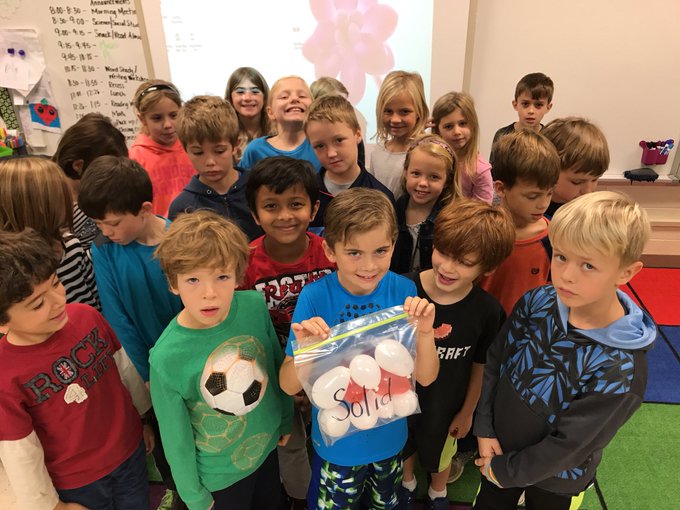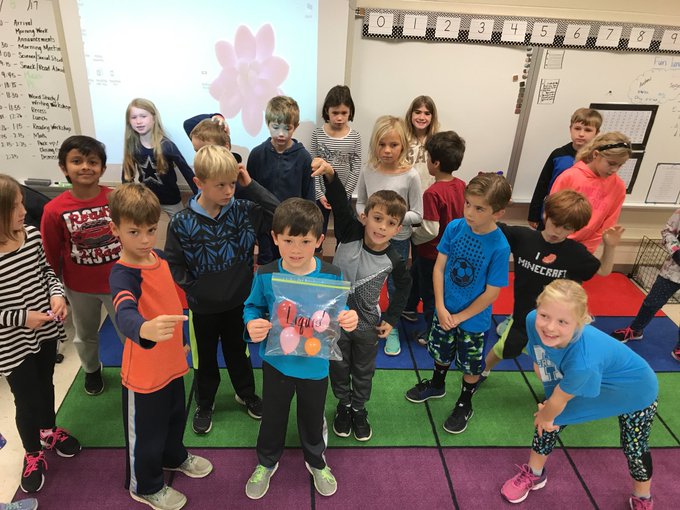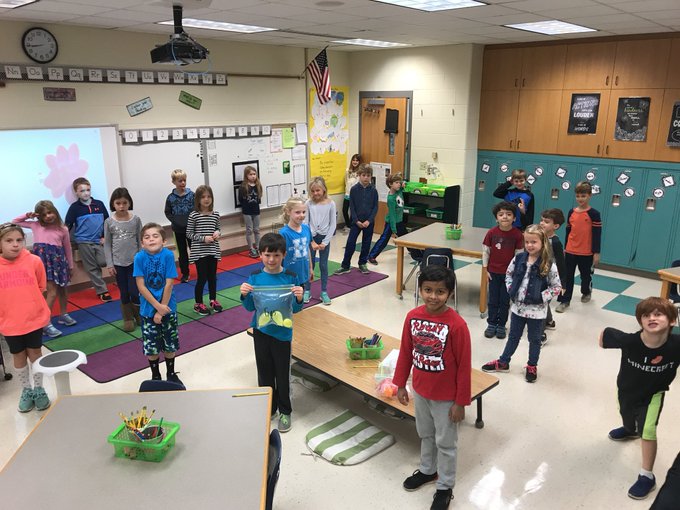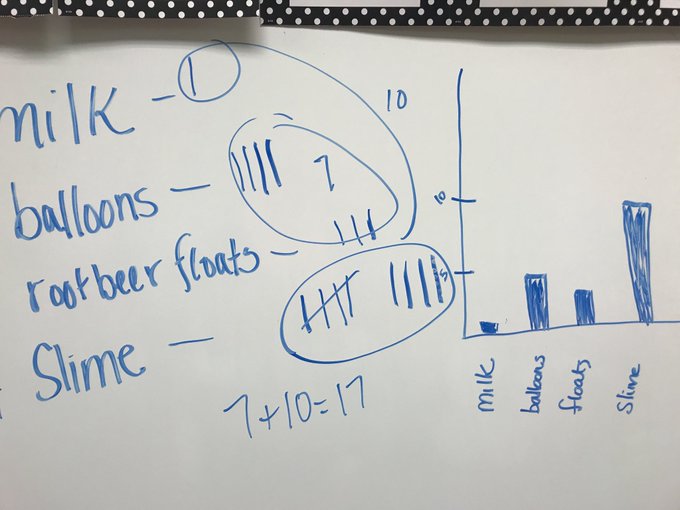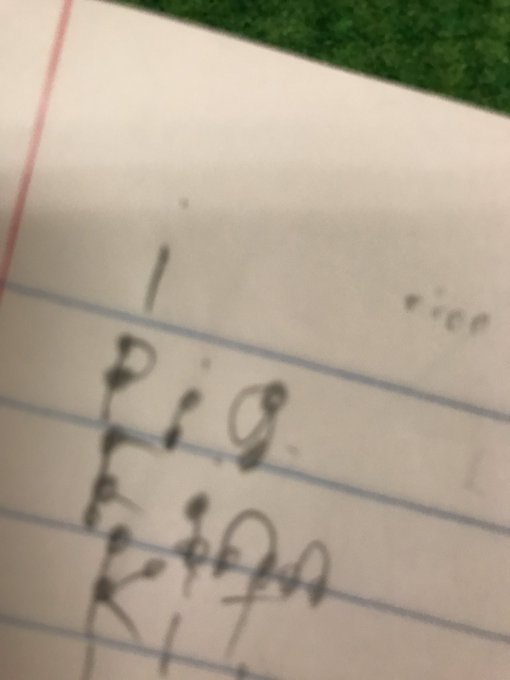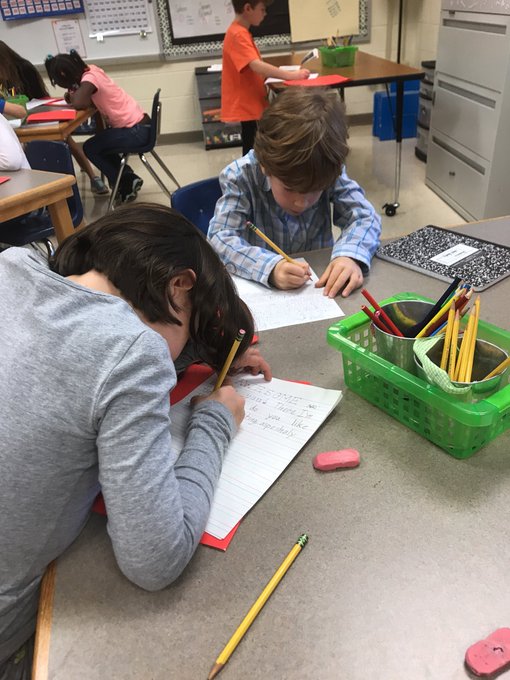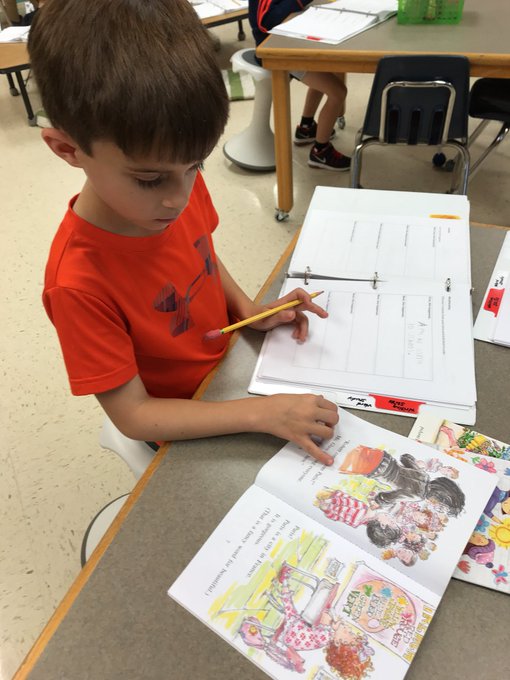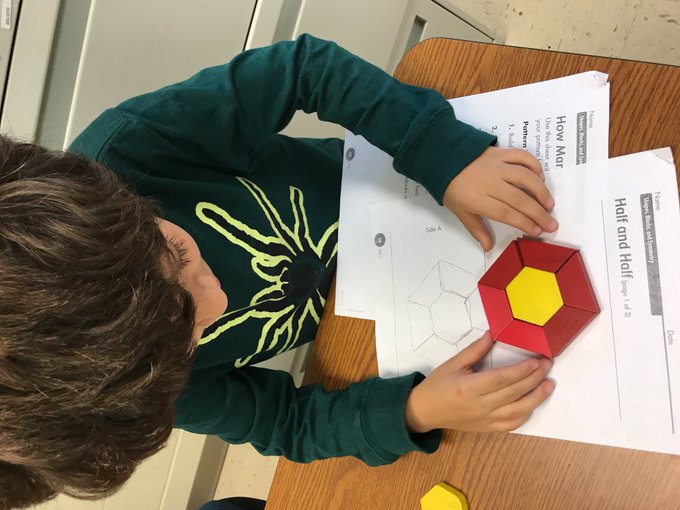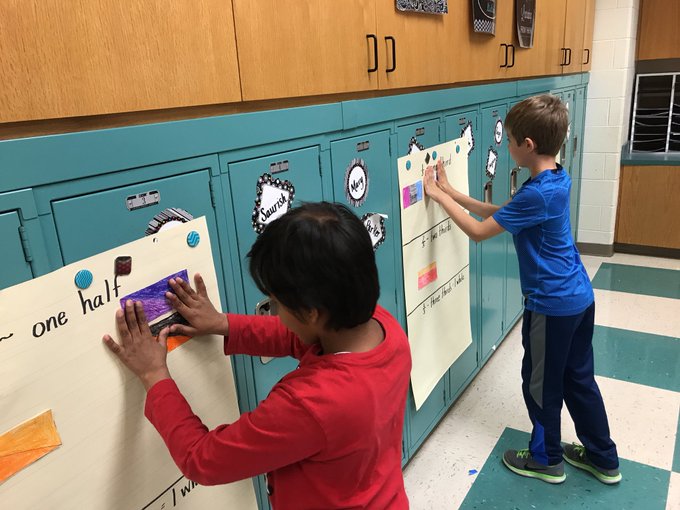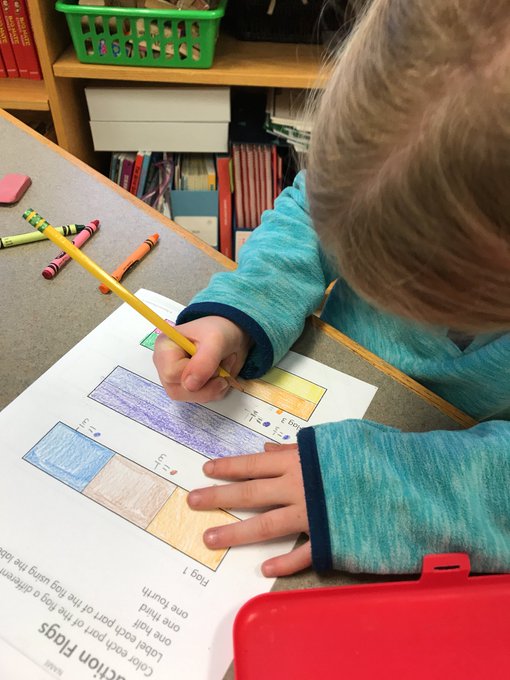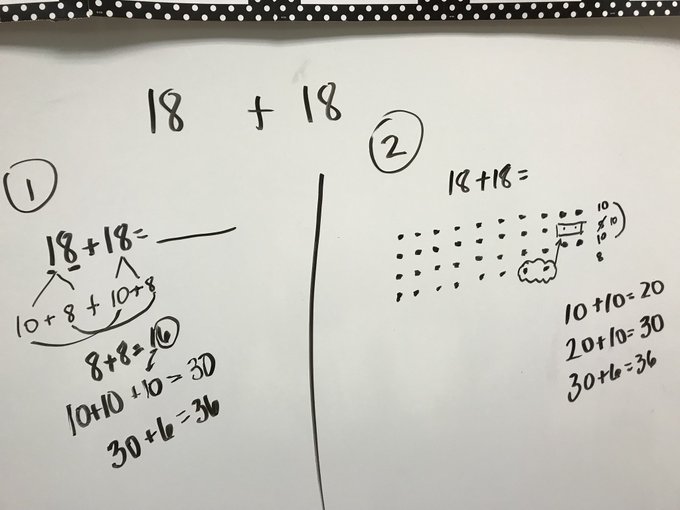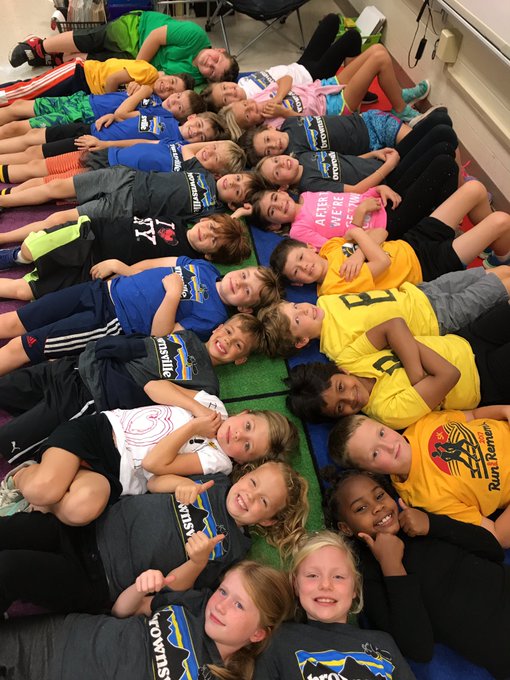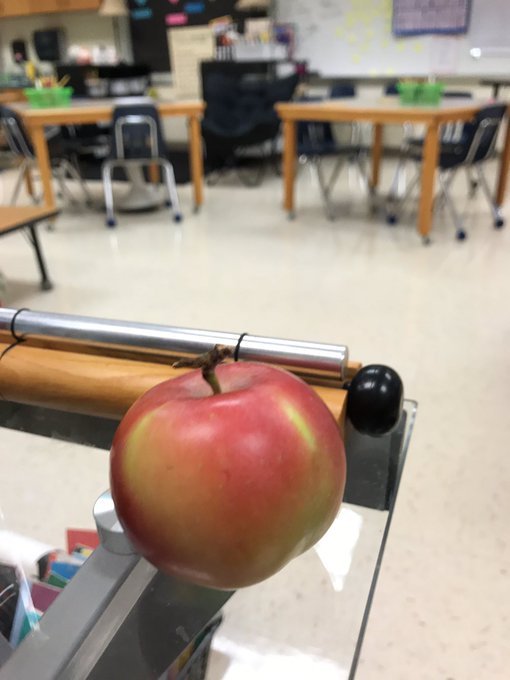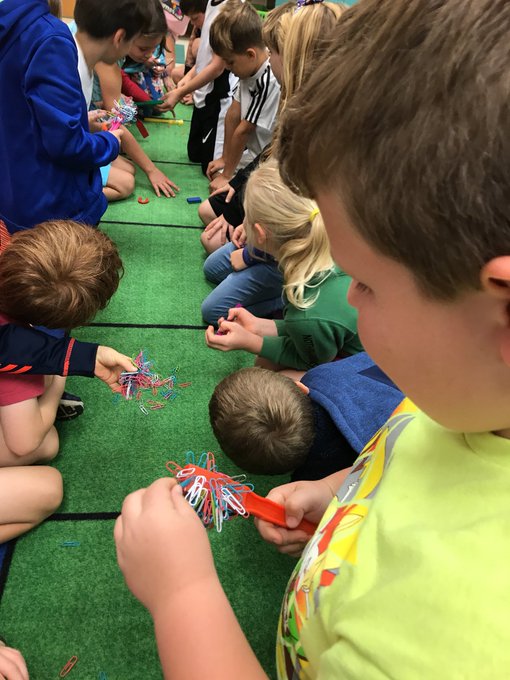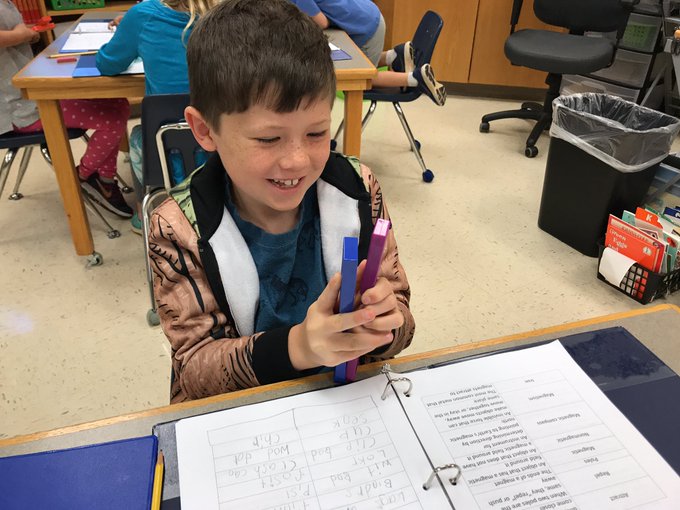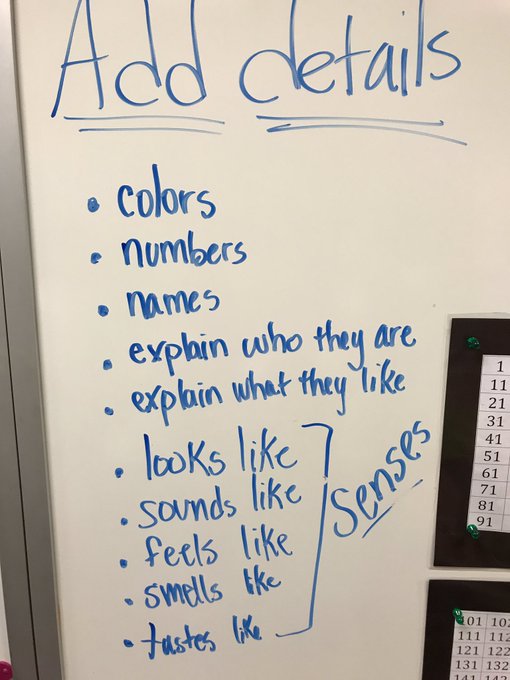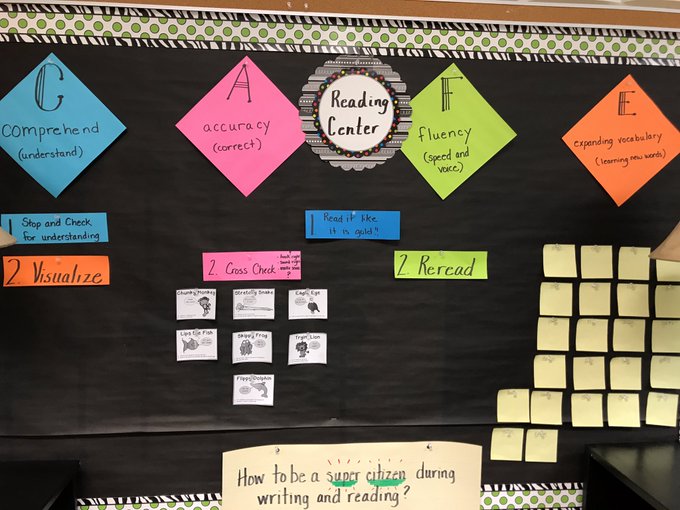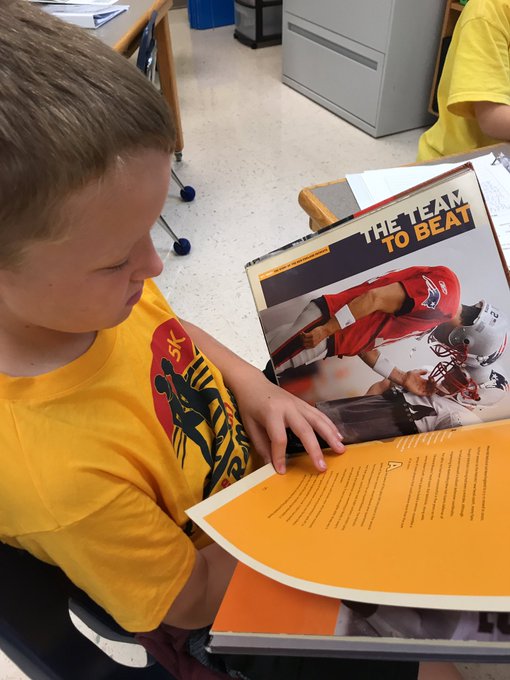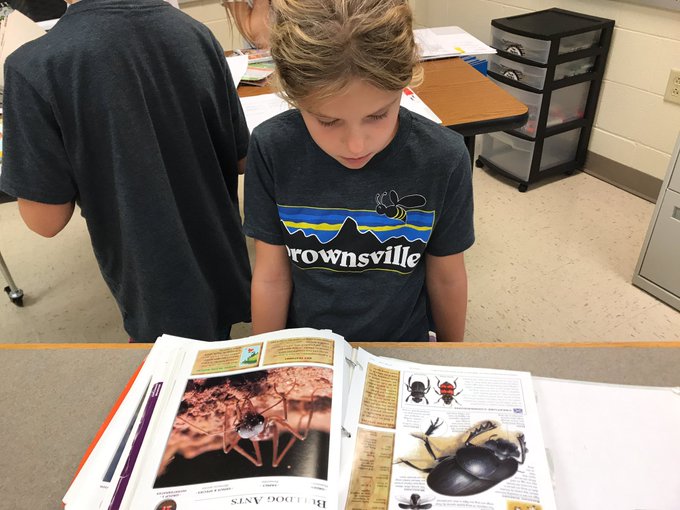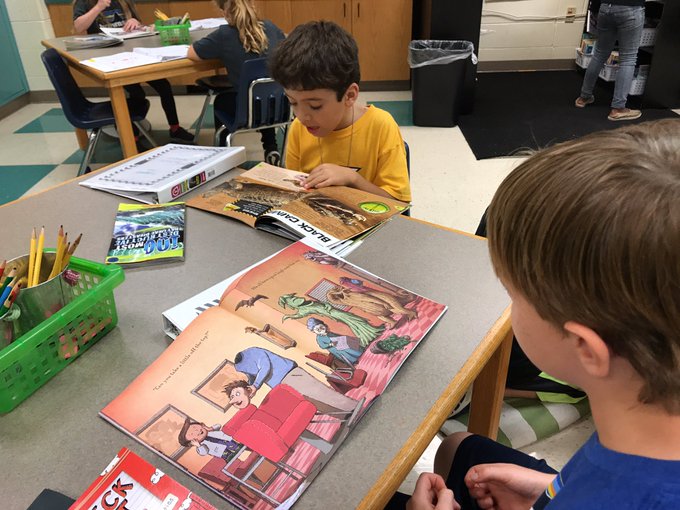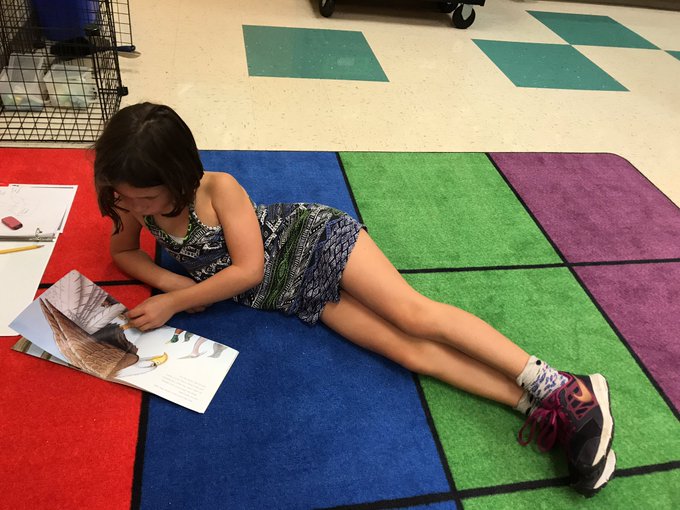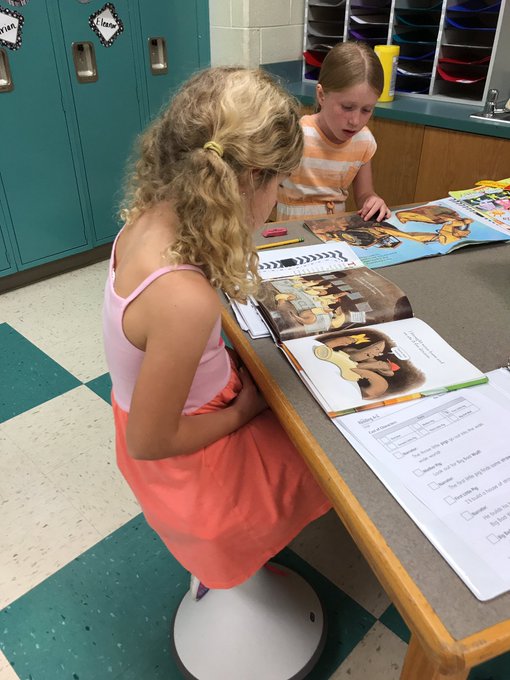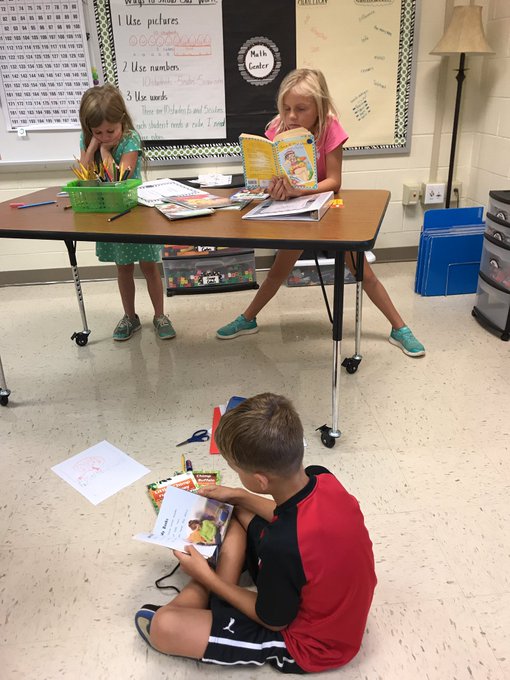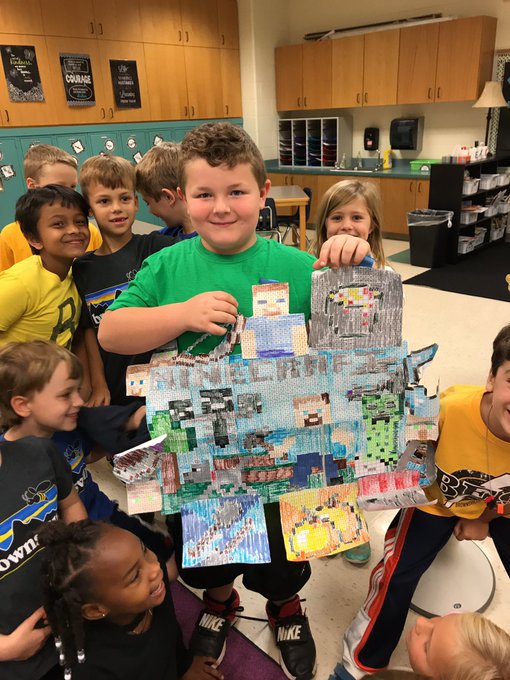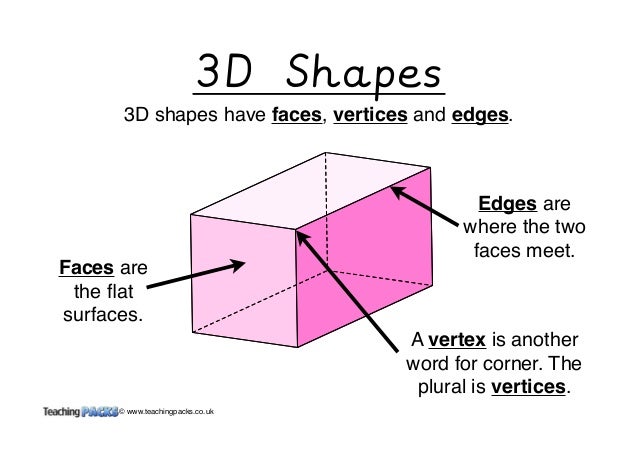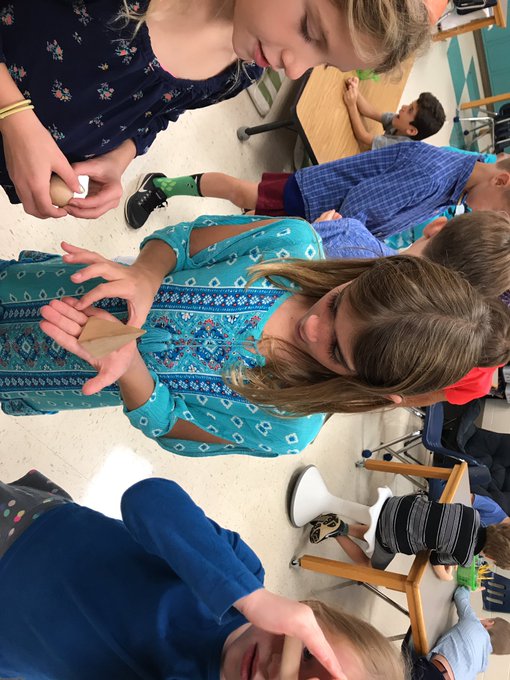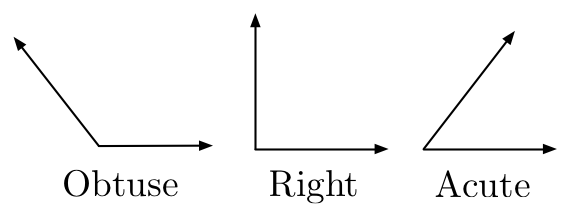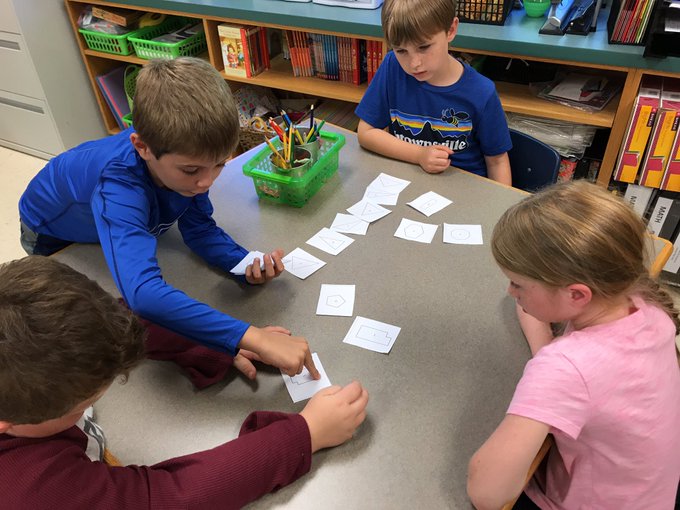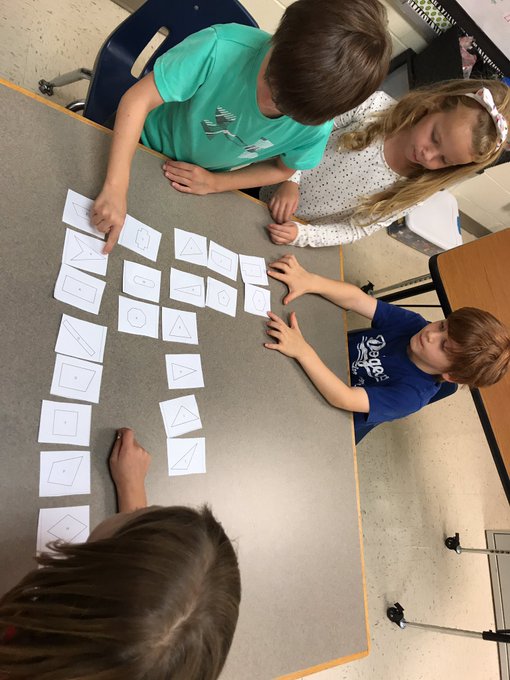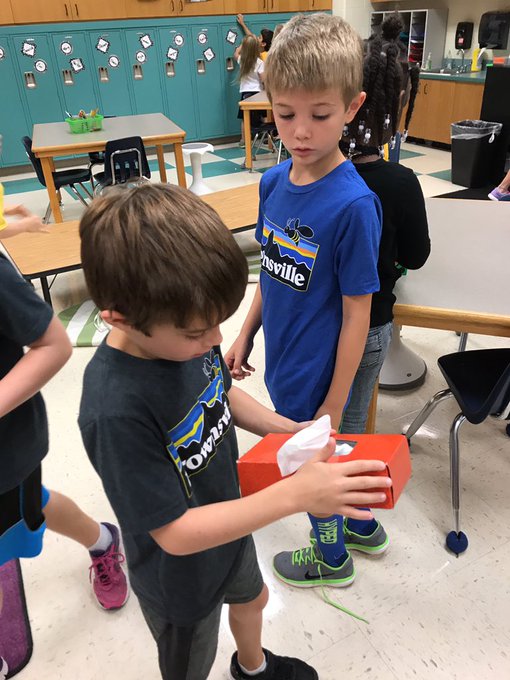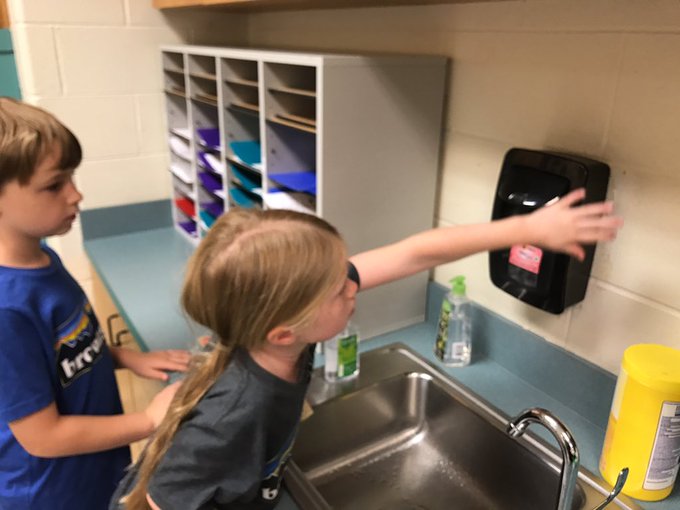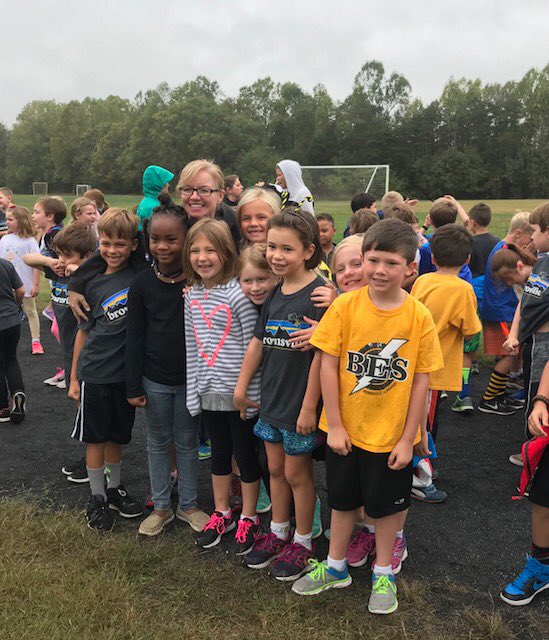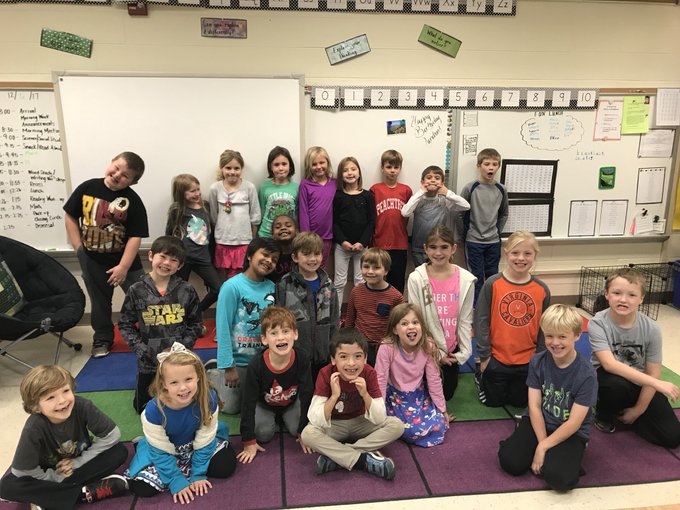
Social Studies:
Students have been learning all about the United States of America. Through POGIL exercises, students have learned about rivers, lakes, mountain ranges, and a few states. What is POGIL you ask? It stands for Process-Oriented Guided Inquiry Learning. This means that information is provided to students and as a small group, they work together to come to conclusions. They enjoyed working together throughout this unit. Students learned about the James River (located in Virginia), the Rio Grande (runs from Colorado south and follows the border of Texas and Mexico), and the Mississippi River (flows from the Great Lakes south to the Gulf of Mexico). Students also learned about the Rocky Mountains and the Appalachian Mountains.
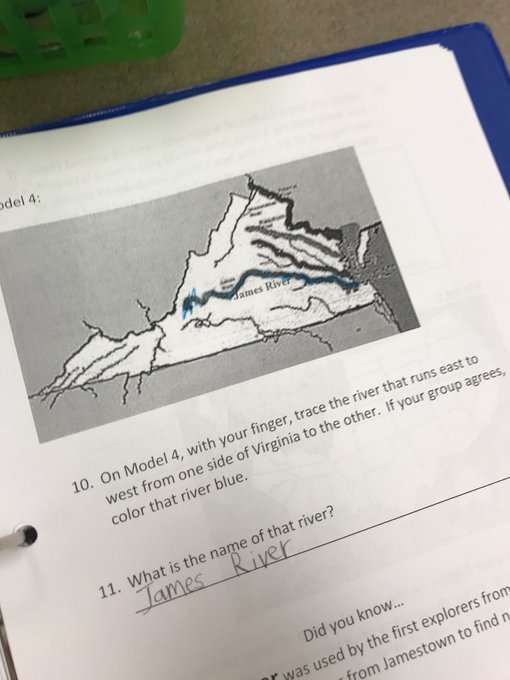
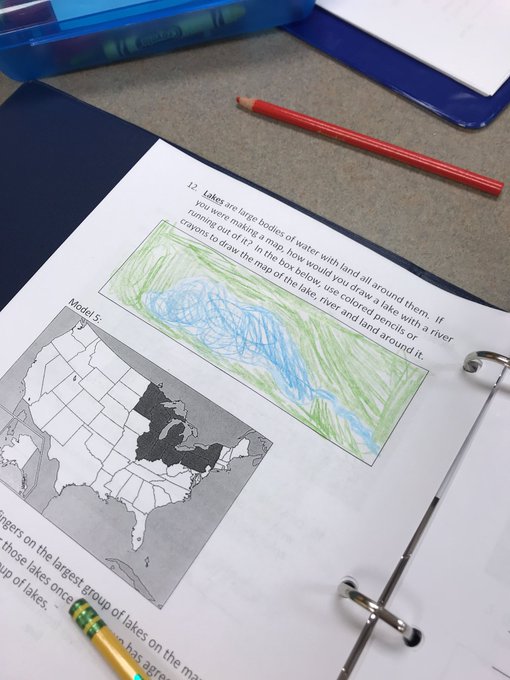
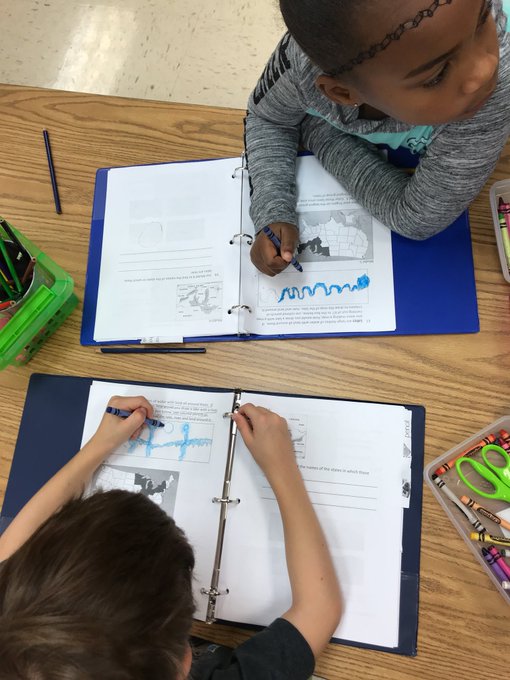
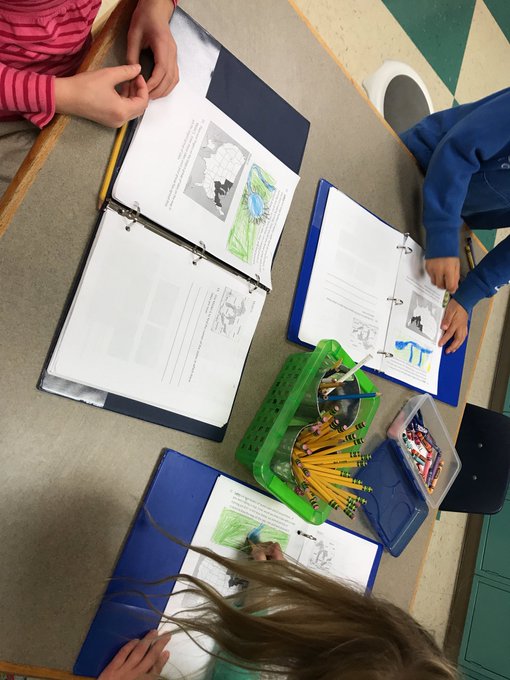
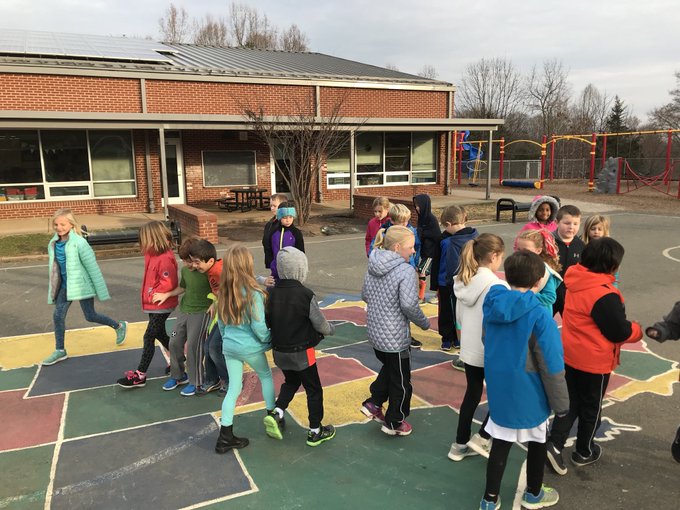
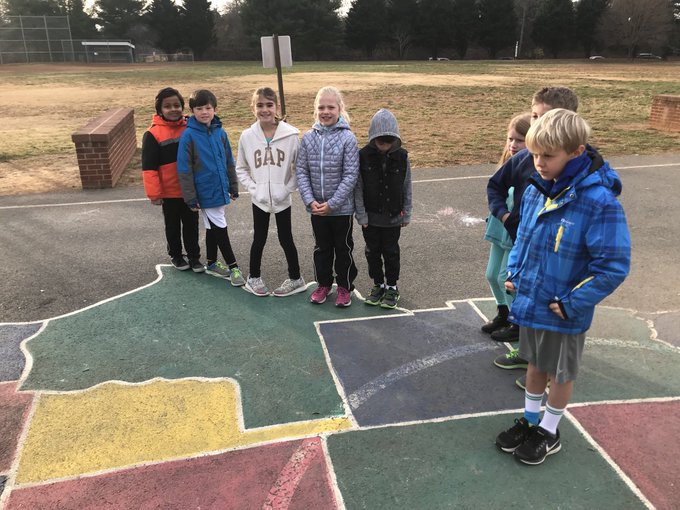
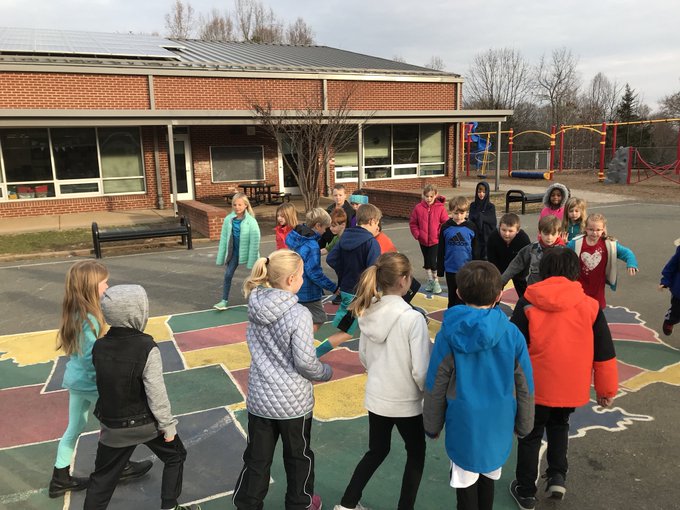
Ways to help at home:
-Ask your child where the rivers and mountain ranges are located. Ask them how they remember where the Mississippi River is located. If they don't remember, mention Mr. MIMAL. :)
Word Study:
We just finished with our final word study sort on Friday. Students have been focused and love our activity time each day. They always sort the words once, then do an activity. I have recently introduced them to Word, which they love...and they don't even know they can change the font yet! Imagine what will happen then! We will pick up word study the first full week back from winter break.
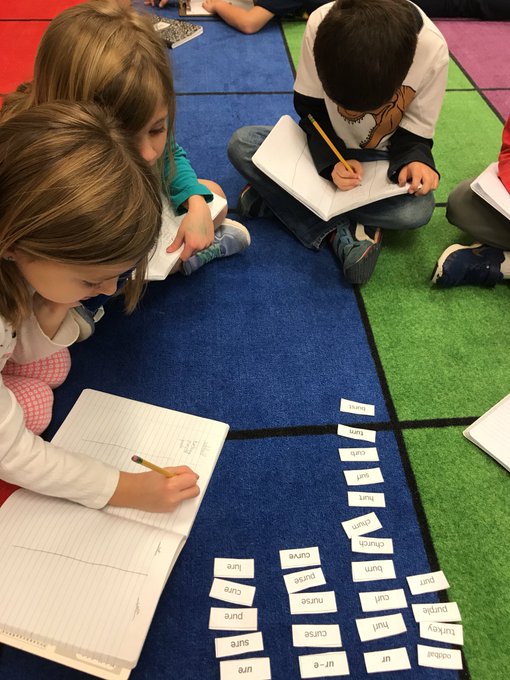
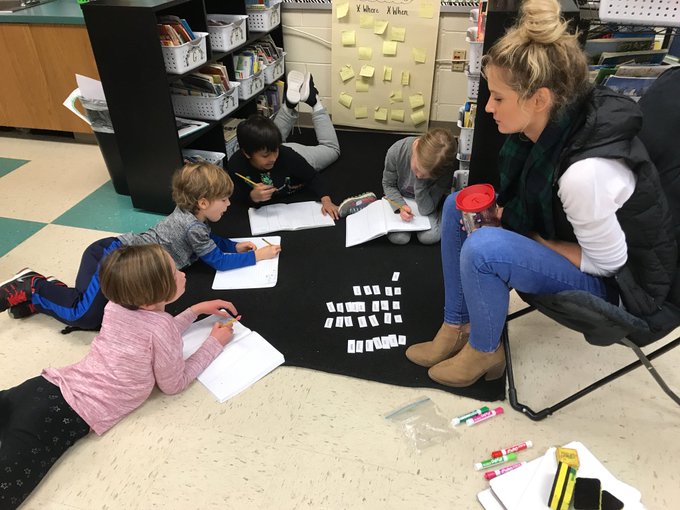
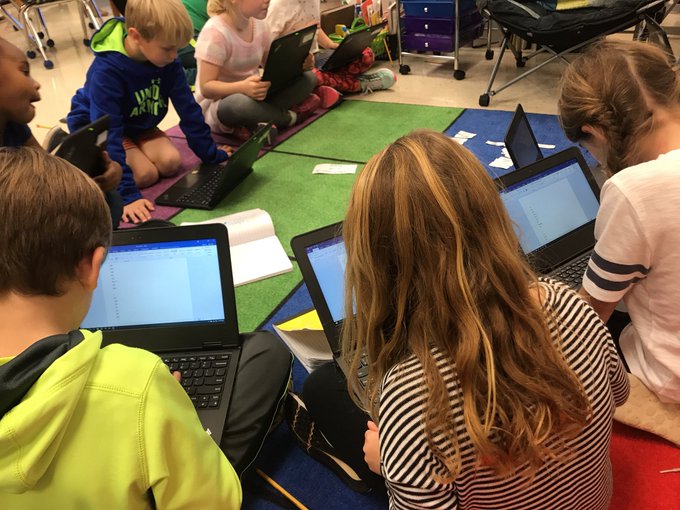
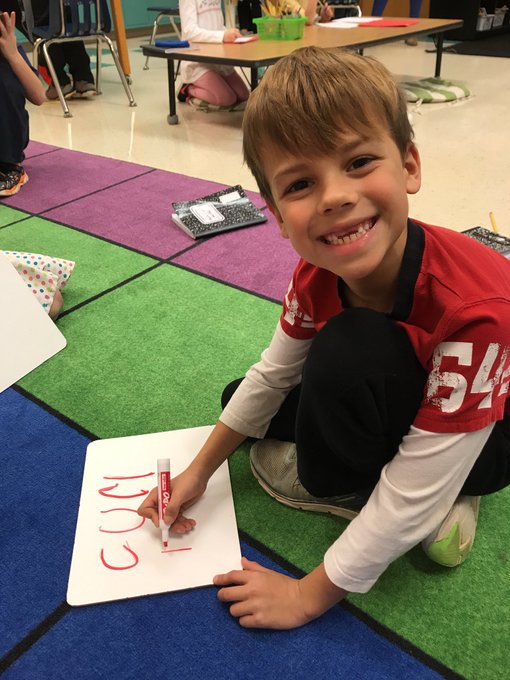
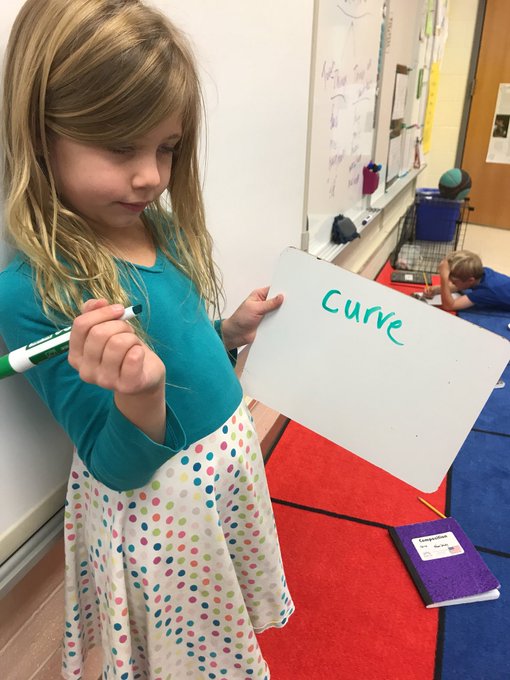
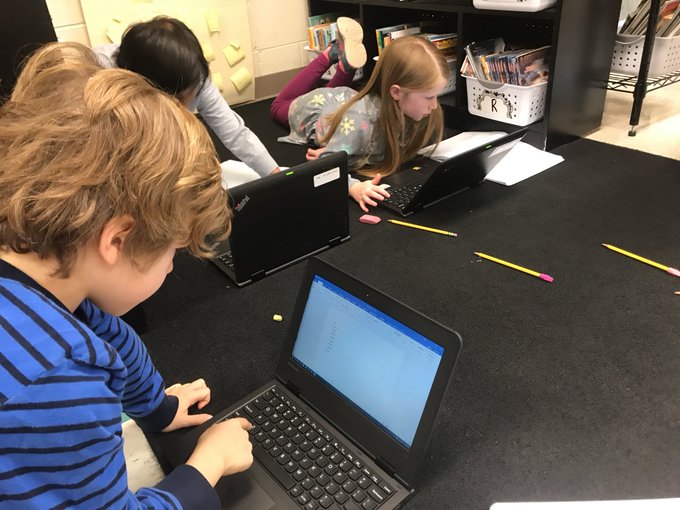
Writing:
Students have been working very hard on adding details to stories. I gave them a character, which was simply 3 circles stacked on one another (snowman or creature of some sort - they decide!). I then gave them the setting (a black and white picture of two trees). Students then began their story to include colors, facial features, arms, legs, clothing, etc. for their character. Next, they added a new paragraph to include details about the setting, such as a house, cabin, forest, snow flurries, etc. They then added a problem as the third paragraph and a solution to that problem as their final paragraph. Once they finished with their first draft, they shared with a partner. Their partner then drew a picture of their character and setting EXACTLY as their partner wrote it. If there wasn't a nose in the story, they didn't draw a nose. Once their partner was finished, the story was returned and they could actually see what was missing from their stories based on their partner's drawing. The ideas are terrific...one student's story is about a snowman trapped in a snow globe. Another student's story is about a snowman monster who is lured into a warm cottage and melts. There are some creative kiddos! :)
Ways to help at home:
Give your child a simple picture and ask them to describe it using lots of details.
Reading:
We continue to make connections to what we are reading. As students read, they connect a part in their book to either something that has happened to them personally (Text-to-Self), something that they have read about (Text-to-Text), or something that they have heard about that has happened in the world (Text-to-World). A text-to-self connection is generally easy for students, but early readers tend to struggle with the other two...partly because of their limited exposure to the world and to other books.
We are spending a great deal of time on visualization. I ask students to describe in words and draw pictures of what they have in their mind when they are reading. I tell them that this is the reason that I love to read...a movie is playing in my head and I sure do love movies!!
Ways to help at home:
- Practice makes perfect! The more reading your child does, the better they will get! Research shows between 20-30 minutes per day helps growing readers improve more rapidly.
- I want students to LOVE to read, just as I do! To get them to love it, they must love the story. Let your child choose what to read. If they are excited and engaged in the story, they will want to read more and more.
- Give them their own comfy space and let them just read! :)
Math:
We finished our fractions unit and have begun our story problem/addition/subtraction unit. Students are learning MANY strategies to solve these problems, but we are N-O-T focusing on the algorithm. I beg you not to show your child (or allow older siblings to show them). They only get more and more confused when they are in class and want to use that strategy and I won't let them. The strategies we are learning in class lead to a more clear idea of number sense and what's happening in computation. We use pictures and numbers to solve math problems. For instance, students solved this problem... 46 + ___ = 60
A few used this strategy:
46 + 4 = 50
50 + 10 = 60
so, 4 + 10 = 14
OR
counting on strategy:
46 in my head 47, 48, 49, 50, 60, so 4 + 10 = 14
OR
tens and ones in pictures:

Students have also been introduced to ST Math. Most of them enjoy Friday afternoons when we have computers during math time! :)
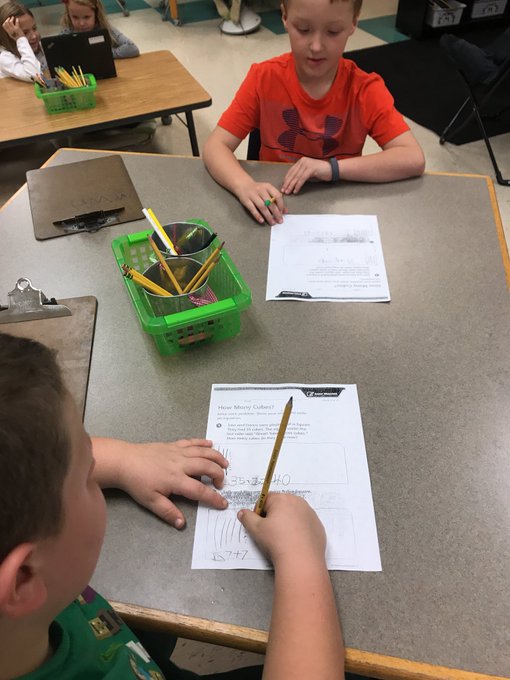
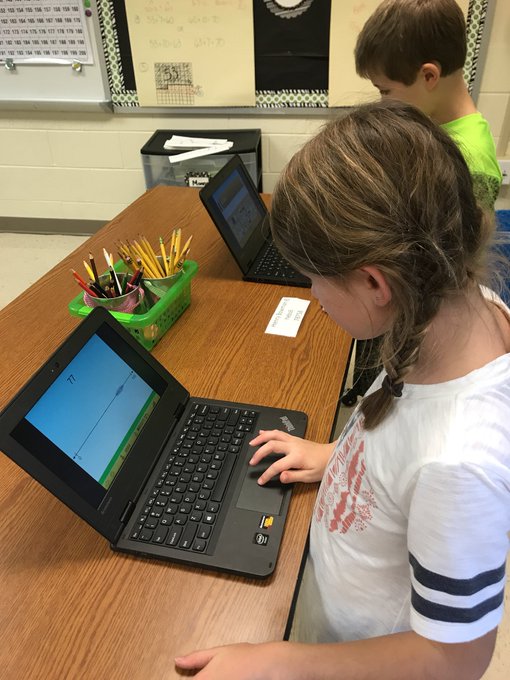
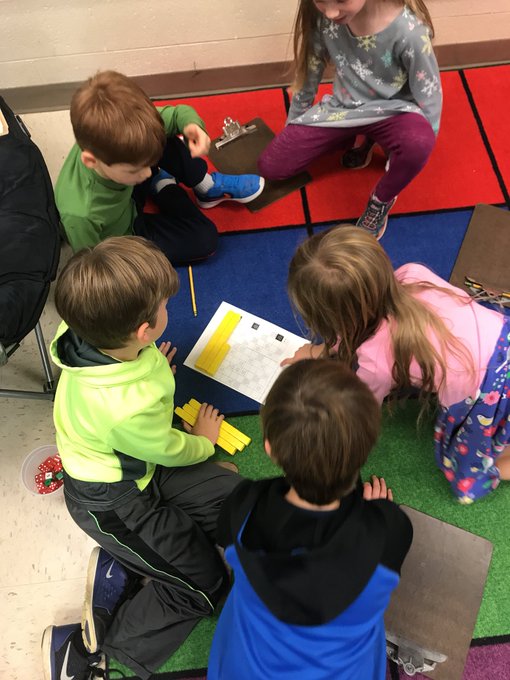
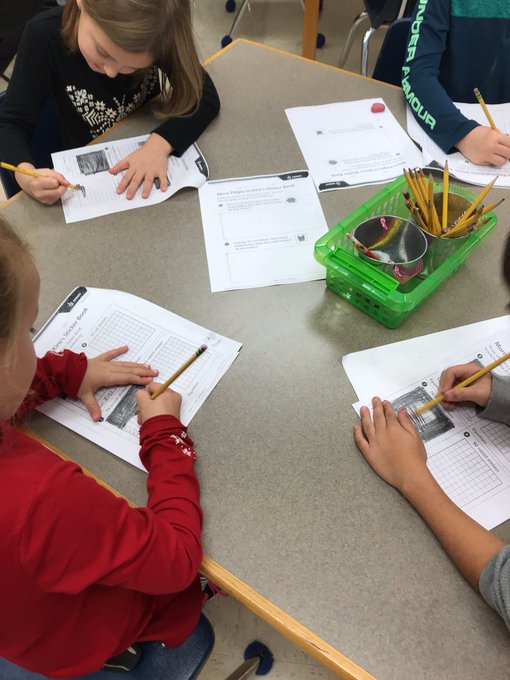
Ways to help at home:
- Ask your child to show you how to solve a problem a few different ways!
